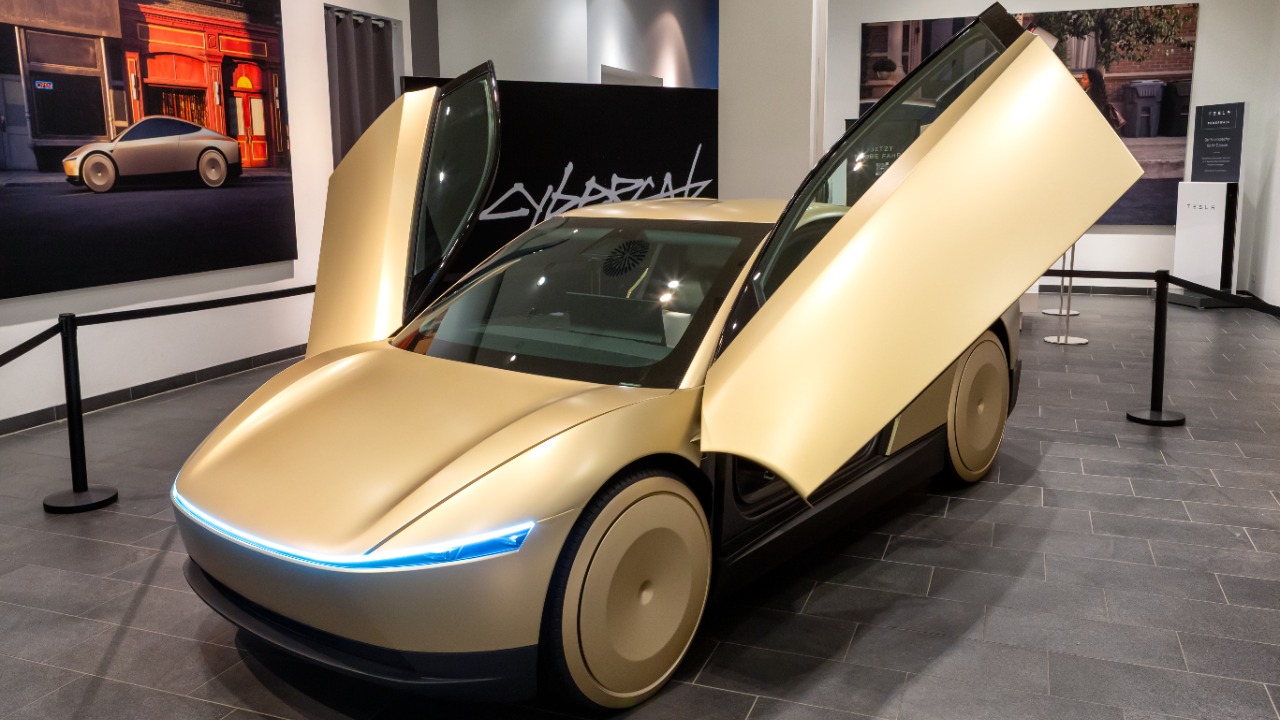
Tesla’s CyberCab is a game-changing development in the electric vehicle (EV) industry. This fully autonomous robotaxi, designed to transport passengers without a driver, steering wheel, or pedals, is priced under $30,000. This strategic move aims to make ride-hailing accessible and profitable at scale, leveraging Tesla’s existing Full Self-Driving technology for unsupervised operation. The introduction of the CyberCab targets a future where robotaxis could dominate urban mobility, potentially boosting Tesla’s market valuation through high-volume, low-cost production.
Unveiling the CyberCab Concept
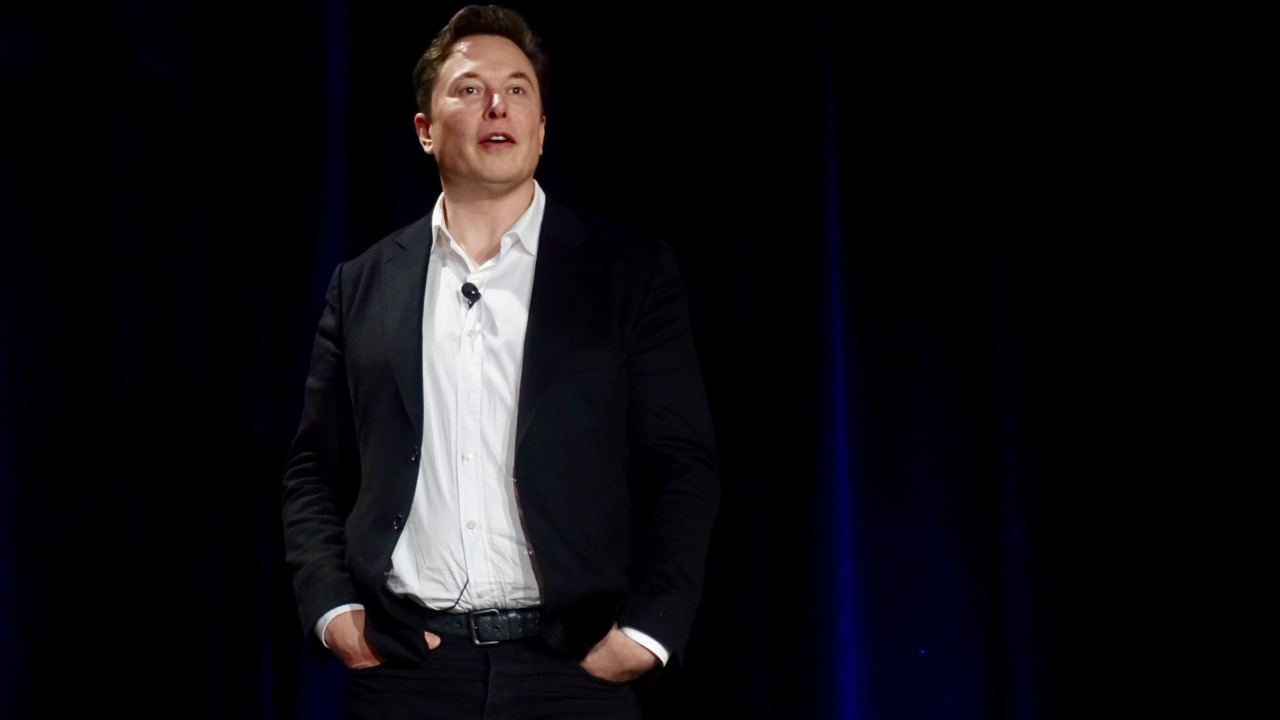
The CyberCab is a compact, two-passenger vehicle optimized for ride-sharing. It features butterfly doors and a minimalist interior devoid of traditional controls, emphasizing its autonomous nature. The vehicle was unveiled by Elon Musk during Tesla’s “We, Robot” event on October 10, 2024, where prototypes were showcased to investors and media. This innovative concept fits into Tesla’s broader vision of transitioning from personal vehicles to a fleet-based autonomous network, thereby reducing ownership costs for consumers.source
Technical Innovations in Autonomy
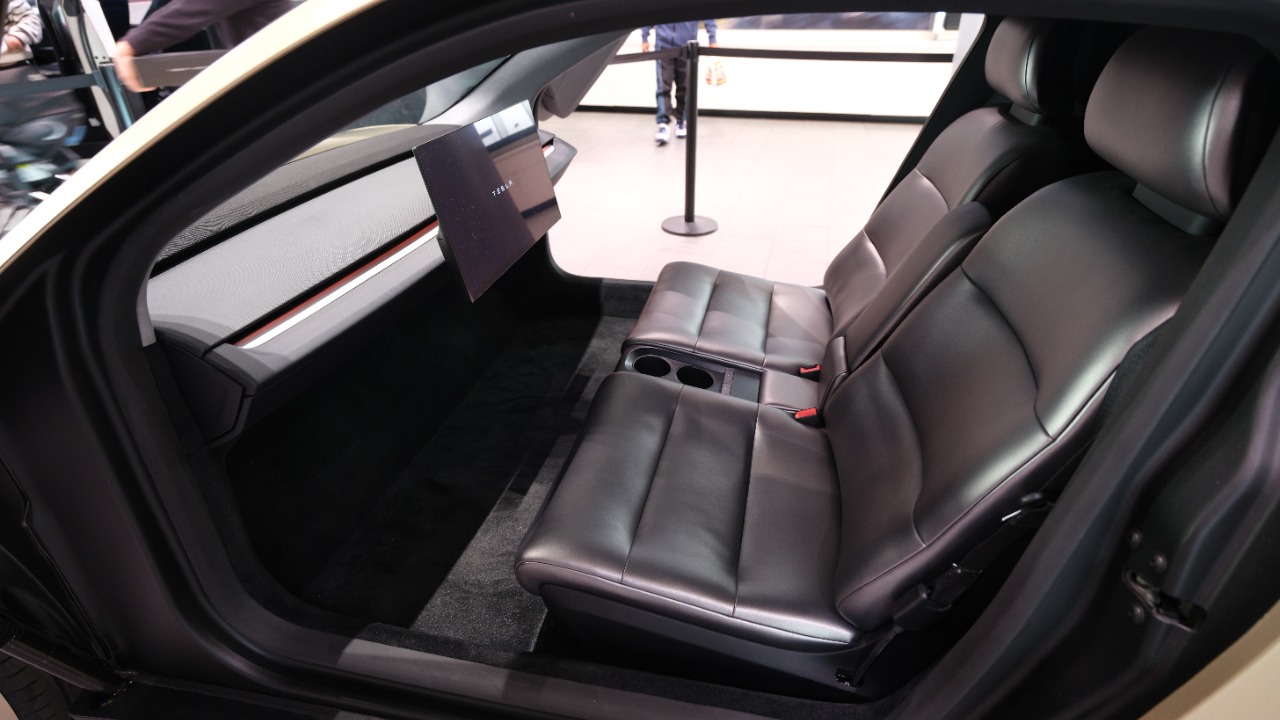
The CyberCab integrates Tesla’s Full Self-Driving (FSD) version 12.5 software, enabling it to navigate complex urban environments using only cameras and neural networks, thereby eliminating the need for lidar. Musk has projected a stellar safety record for the vehicle, claiming it could achieve 20 times safer operation than human-driven cars, thanks to real-time data from Tesla’s global fleet. The vehicle also features an inductive charging system, allowing wireless recharging at depots to support 24/7 operation in robotaxi fleets.source
Pricing and Economic Model
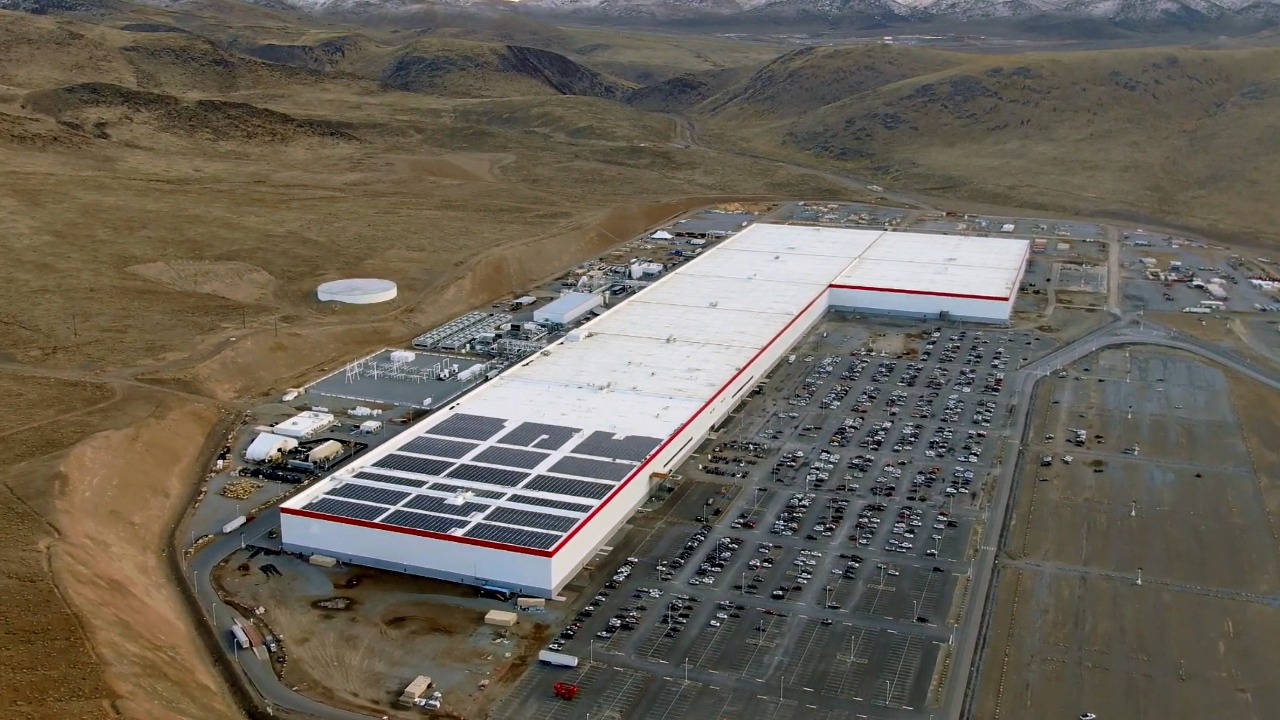
The CyberCab is priced under $30,000, making it more affordable than competitors like Waymo’s vehicles and enabling mass production at Tesla’s Gigafactories. Tesla’s business model allows vehicle owners to add their cars to the robotaxi network for passive income, potentially generating $30,000 annually per car in high-demand areas. Cost projections for rides are estimated at $0.20 to $0.40 per mile, undercutting Uber and Lyft, and poised to disrupt the $10 trillion global mobility market.source
Production Timeline and Challenges
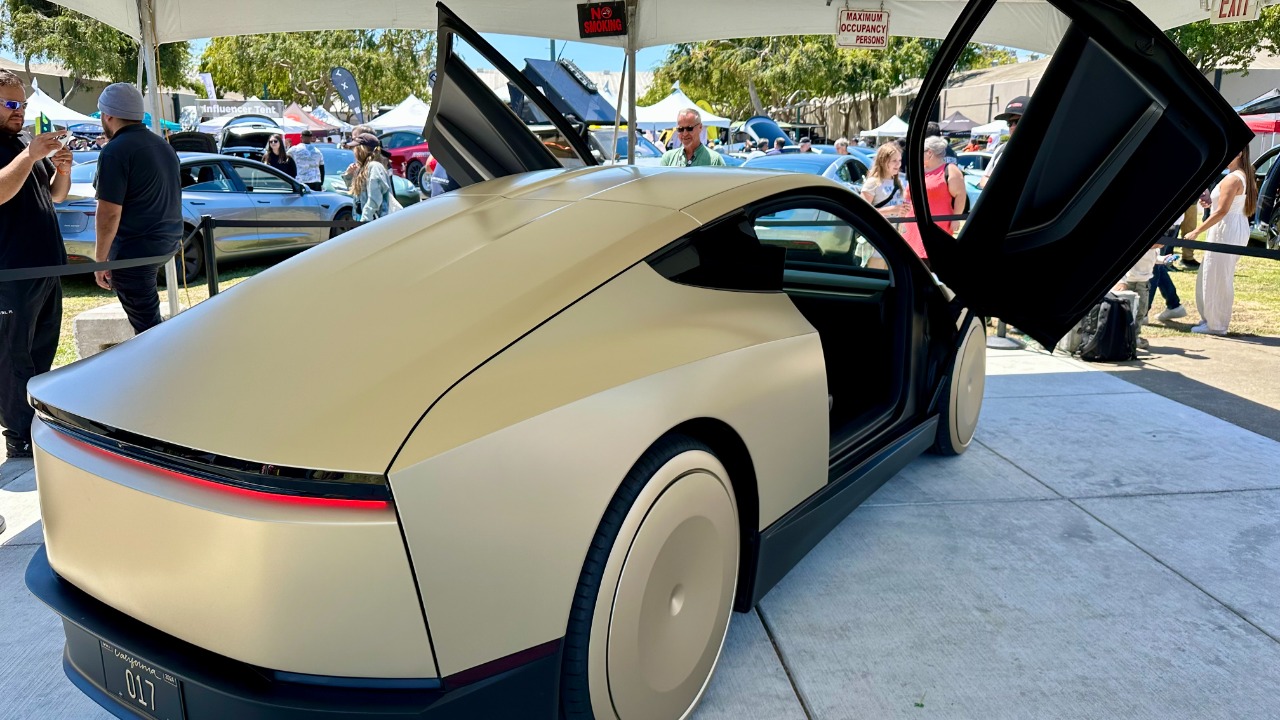
Tesla plans to begin CyberCab production in 2026, starting with volumes of 2 million units annually, scaled from existing Model 3 and Y lines. However, regulatory hurdles exist, including the need for federal approval of unsupervised FSD in the U.S., with initial deployments targeted in California and Texas. Manufacturing efficiencies are also being explored, such as using a new “unboxed” assembly process to reduce costs by 50% compared to traditional EV production.source
Market Impact on EV Domination
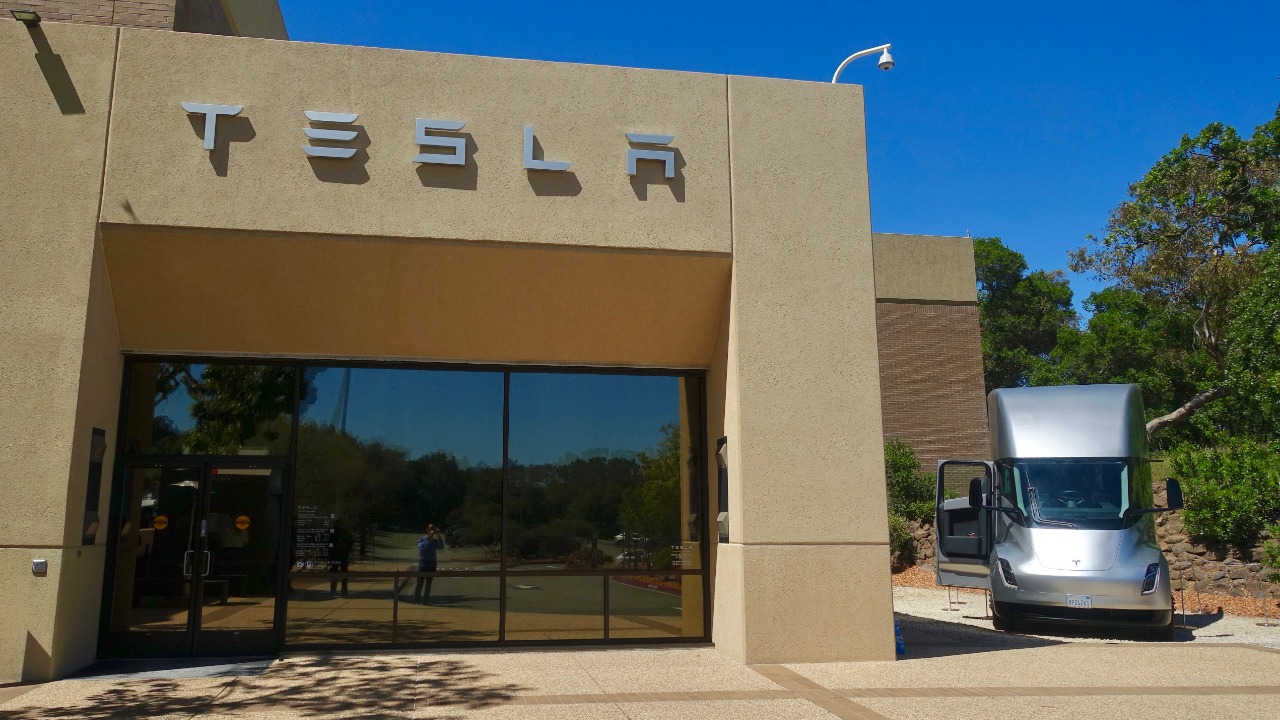
The CyberCab could shift Tesla’s revenue from 80% vehicle sales to 90% services by 2030, leveraging its 500,000-mile battery life for fleet durability. Tesla’s data advantage from 6 billion miles of FSD driving sets it apart from rivals like Cruise and Zoox in AI training. Analysts forecast that robotaxis could comprise 20% of Tesla’s business, driving EV adoption through affordable, shared mobility.source
Strategic Positioning Against Competitors
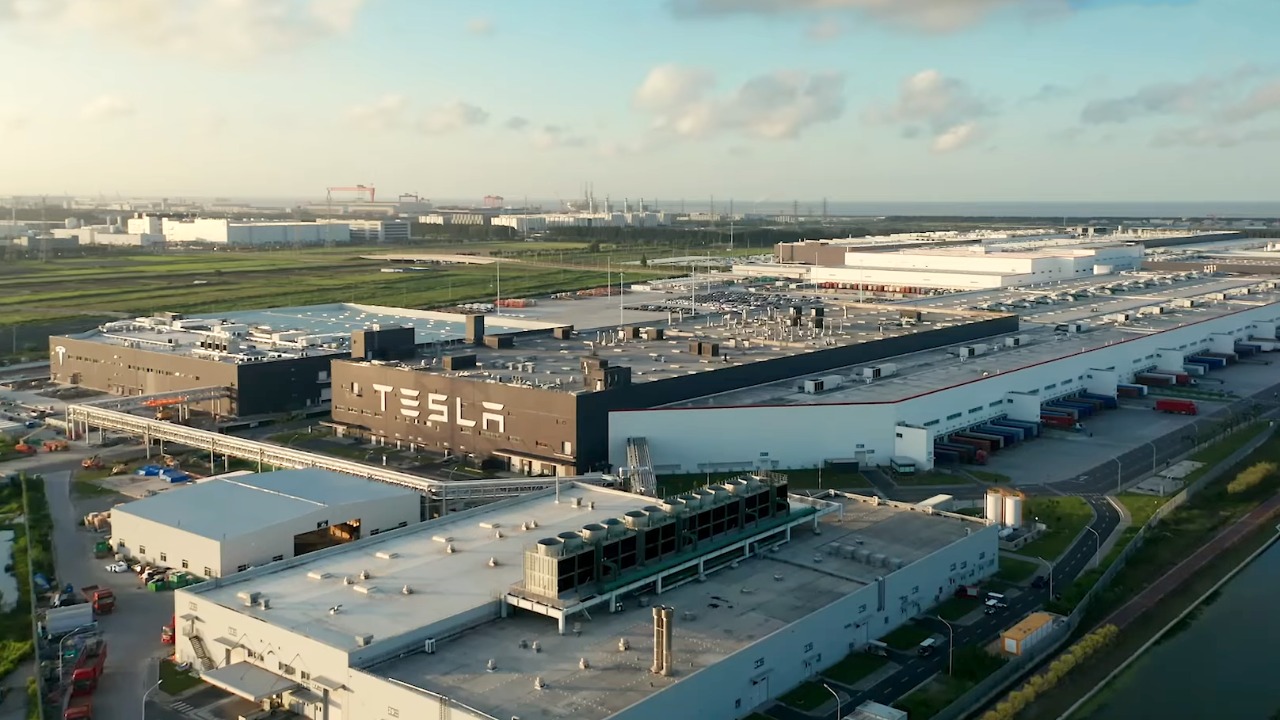
The CyberCab’s camera-only autonomy is a stark contrast to lidar-dependent systems from Waymo, highlighting Tesla’s cost savings of up to 70% in sensor expenses. Tesla’s ecosystem integration allows seamless app-based summoning and payments, unlike fragmented services from GM’s Cruise. The company is also eyeing global expansion, with an initial focus on U.S. cities before entering markets like China, where Tesla’s Shanghai Gigafactory could produce localized versions.source